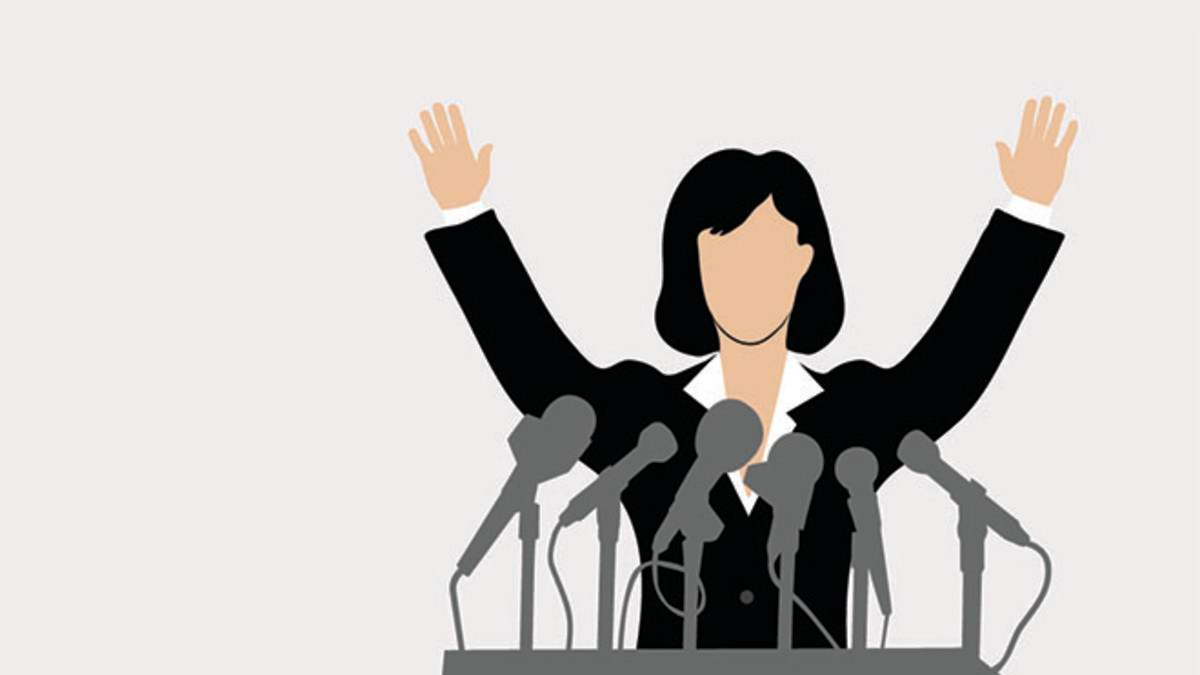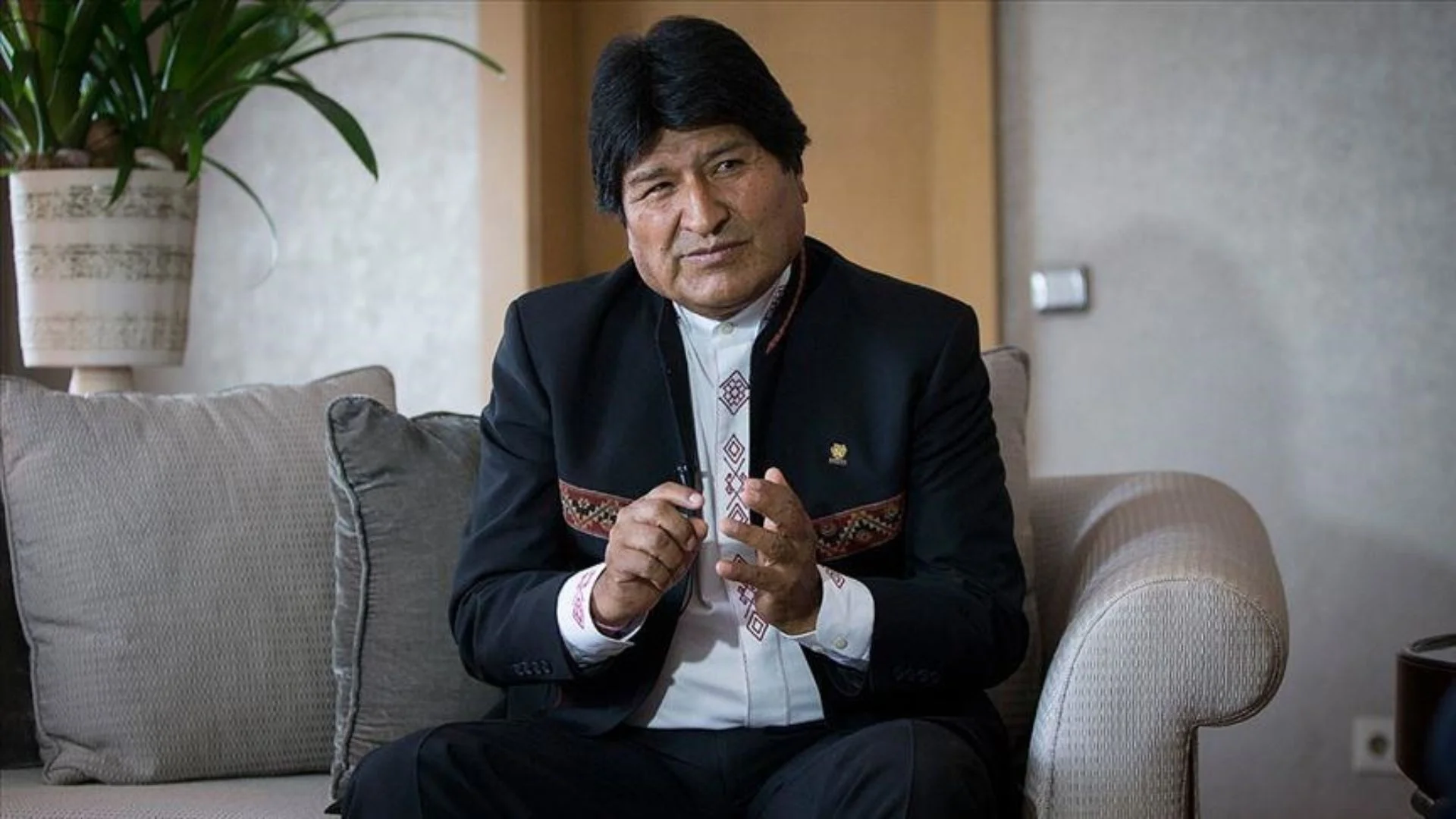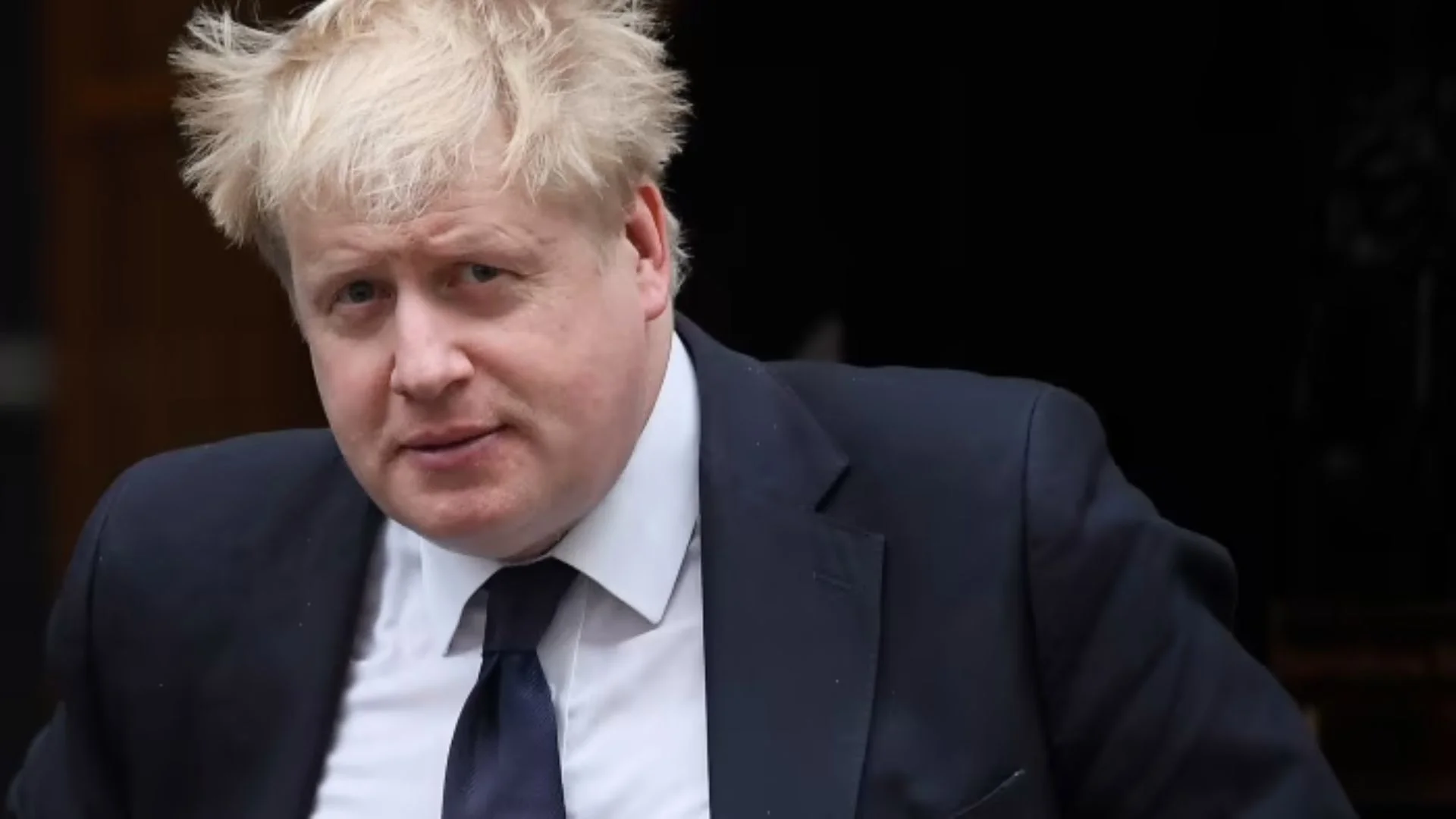A country’s monetary policy significantly impacts its economy because it controls the quantity of money in circulation. The Federal Reserve sets monetary policies in the United States, which affects economic activity by regulating the nation’s money supply and credit. Everybody from part-time employees to enormous financial institutions, local and international, are influenced by its changes since it is the cornerstone of any country’s economic strategy. The proper execution of it depends on understanding its position. Usually, observers base their assessment of the stance of monetary policy on shifts in the supply of money and short-term interest rates. Thus it has become crucial to understand monetary policy, which you can read more about in this article, “Hawkish vs Dovish: Differences in Monetary Policy.”
What is it?
To control the total quantity of money in circulation, promote economic growth, and implement policies like raising interest rates and changing bank reserve requirements, a nation’s central bank employs a collection of tools known as monetary policy.1. Contractionary
By buying government bonds, increasing interest rates, and boosting bank reserve requirements, this policy reduces the amount of money circulating throughout the economy. When it wishes to prevent inflation, the government employs this technique.2. Expansionary
This may raise the economy’s money by lowering interest rates, reducing the number of reserves banks must hold, and having central banks buy government assets. This strategy encourages consumer spending and company growth while lowering unemployment rates. This policy’s overarching objective is to support economic development, but it may have unintended consequences, occasionally resulting in hyperinflation.
Types of Stances1. Hawkish Stance
The Hawkish approach favors high-interest rates as a means of controlling inflation. The appeal of borrowing from banks will decline due to the high-interest rates. Due to a lack of funds, customers would refrain from making or making smaller purchases. They would also avoid obtaining bank credit (loans).2. Dovish Stance
Low-interest rates are part of this monetary policy position. Consumers would be encouraged to borrow money from banks and other lenders if interest rates were low. Since more individuals have money available to them or in their possession, the demand for goods and services will increase due to increased expenditure.3. Accommodative Stance
This occurs when a federal bank tries to increase the total amount of money in circulation to stimulate the economy while economic development is slowing down. The main objective is to raise spending. A flexible policy enables the money supply to increase the demand and the level of national income.4. Neutral Stance
These rates neither increase nor decrease economic growth through taxes or government expenditure. The economy is in excellent shape. Therefore, neither the Key Policy Rates are raised nor lowered in this case.
Hawkish vs Dovish: Differences in Monetary Policy
It is common to categorize U.S. monetary officials as either hawkish or dovish. The phrases relate to various theories of how these policies ought to affect the economy. Hawks are primarily focused on preventing inflation. They frequently raise interest rates to reduce the amount of money that is accessible. Conversely, doves frequently strive to lower interest rates. They would like more money available, more economic expansion, and, most importantly, more employment. You may build a portfolio that can deal with both forms of policies with the aid of a financial counselor.
By regulating the quantity of money accessible to banks, firms, and consumers, the federal bank of a country implements and maintains monetary policies to promote and sustain economic development and stability. Businesses are impacted by monetary policies indirectly, mainly through interest rates. Banks will determine their loan and credit card interest rates when the Federal Reserve alters the economy.























